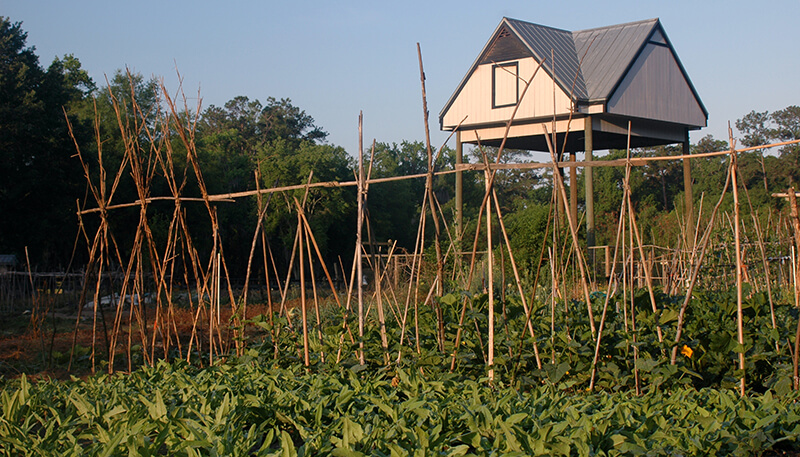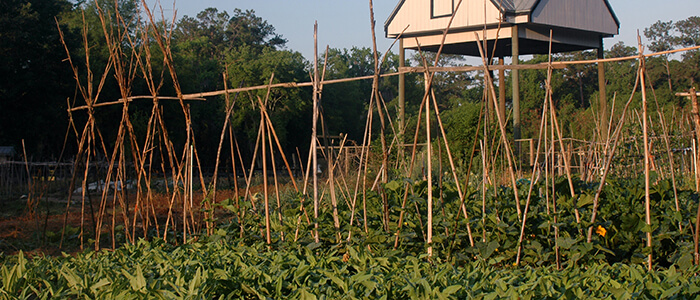Companion Planting

Florida-Friendly Landscaping™ in a Minute
Episode Archive
Episode #111 | Original Air Date: August 3, 2020
Related Resources
Transcript
Companion planting is an ancient practice where two different plants, often vegetables, are planted together to benefit one or both of them.
Companion plants may draw pests away from desired crops, such as when collard greens attract the diamondback moth away from adjacent cabbage.
Planting long- and short-season plants together, like carrots and radishes, makes best use of the space. Radishes can be harvested around 21 days after planting, just about the time the carrots need the room.
Growing tall plants such as corn with shorter, shade-tolerant species like lettuce helps keep both plants happy.
So be a matchmaker in your garden by finding which plants help each other!
Florida-Friendly Landscaping™ in a Minute is a production of the University of Florida’s Florida-Friendly Landscaping™ Program, IFAS Extension, and WUFT-FM in cooperation with the Florida Department of Environmental Protection.

